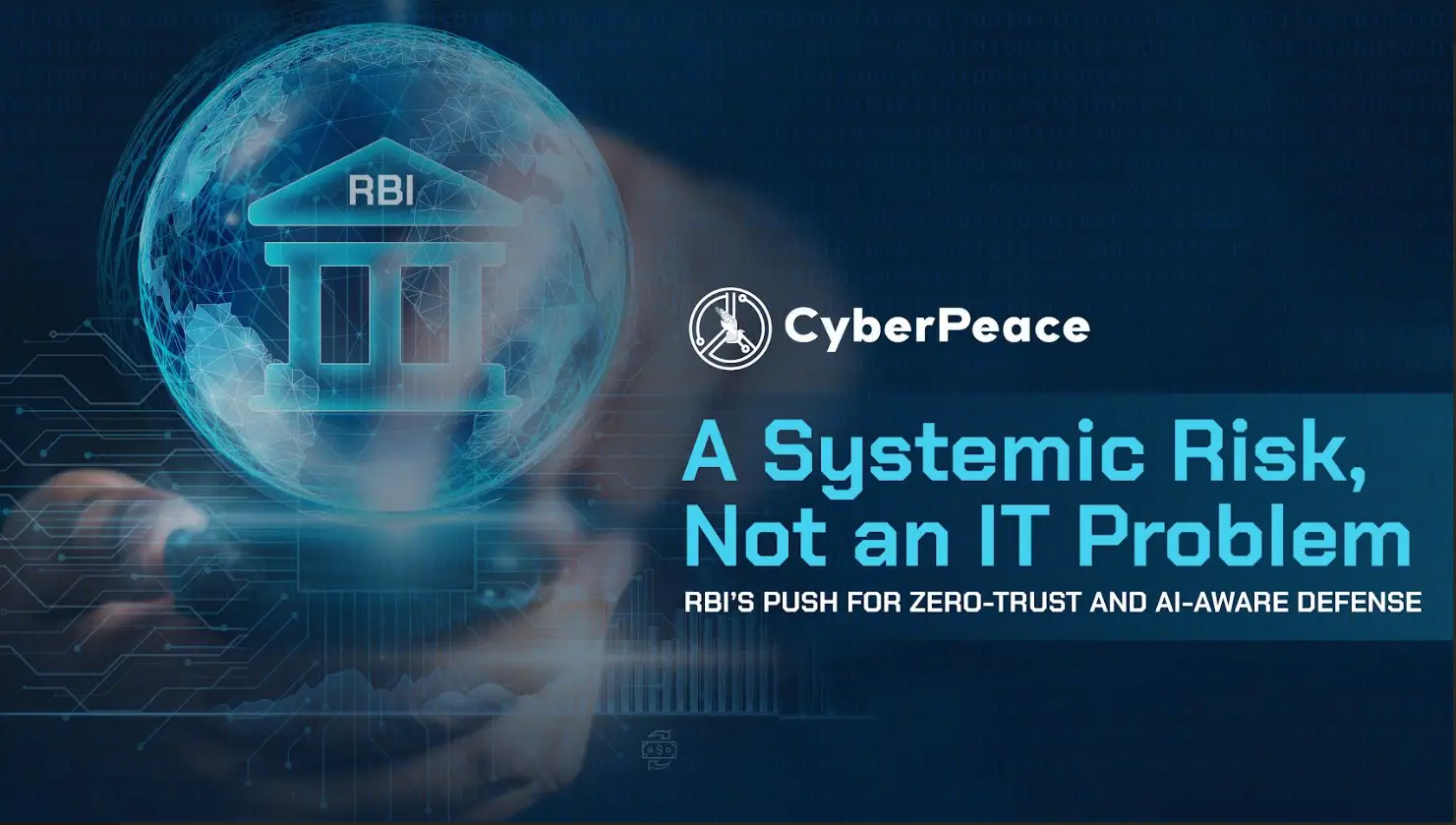What’s Your New Year's Resolution?
2025 is knocking firmly at our door and we have promises to make and resolutions to keep. Time you make your list for the New Year and check it twice.
- Lifestyle targets 🡪 Check
- Family targets 🡪 Check
- Social targets 🡪 Check
Umm, so far so good, but what about your cybersecurity targets for the year? Hey, you look confused and concerned. Wait a minute, you do not have one, do you?
I get it. Though the digital world still puzzles, and sometimes outright scares us, we still are not in the ‘Take-Charge-Of-Your-Digital-Safety Mode. We prefer to depend on whatever software security we are using and keep our fingers crossed that the bad guys (read threat actors) do not find us.
Let me illustrate why cybersecurity should be one of your top priorities. You know that stress is a major threat to our continued good health, right? However, if your devices, social media accounts, office e-mail or network, or God forbid, bank accounts become compromised, would that not cause stress? Think about it and the probable repercussions and you will comprehend why I am harping on prioritising security.
Fret not. We will keep it brief as we well know you have 101 things to do in the next few days leading up to 01/01/2025. Just add cyber health to the list and put in motion the following:
- Install and activate comprehensive security software on ALL internet-enabled devices you have at home. Yes, including your smartphones.
- Set yourself a date to change and create separate unique passwords for all accounts. Or use the password manager that comes with all reputed security software to make life simpler.
- Keep home Wi-Fi turned off at night
- Do not set social media accounts to auto-download photos/documents
- Activate parental controls on all the devices used by your children to monitor and mentor them. But keep them apprised.
- Do not blindly trust anyone or anything online – this includes videos, speeches, emails, voice calls, and video calls. Be aware of fakes.
- Be aware of the latest threats and talk about unsafe cyber practices and behaviour often at home.
Short and sweet, as promised.
We will be back, with more tips, and answers to your queries. Drop us a line anytime, and we will be happy to resolve your doubts.
Ciao!





